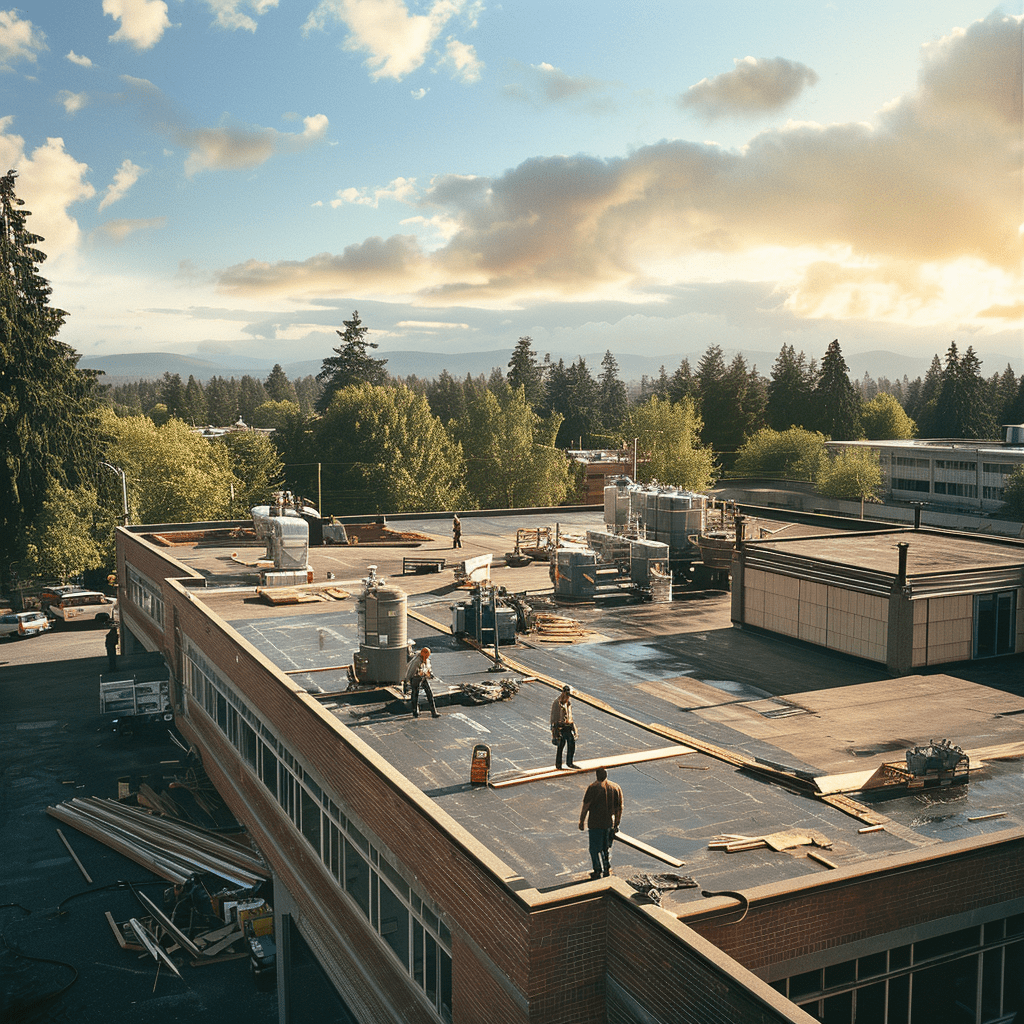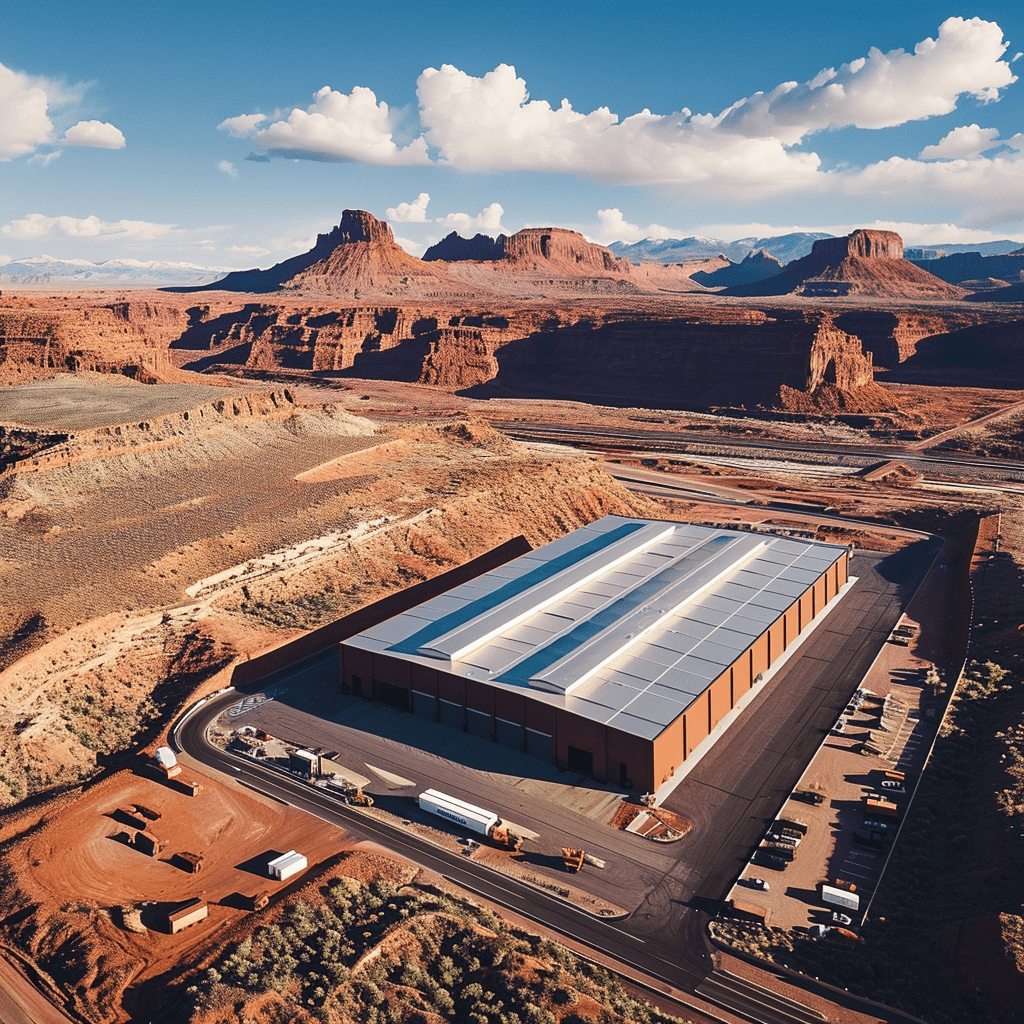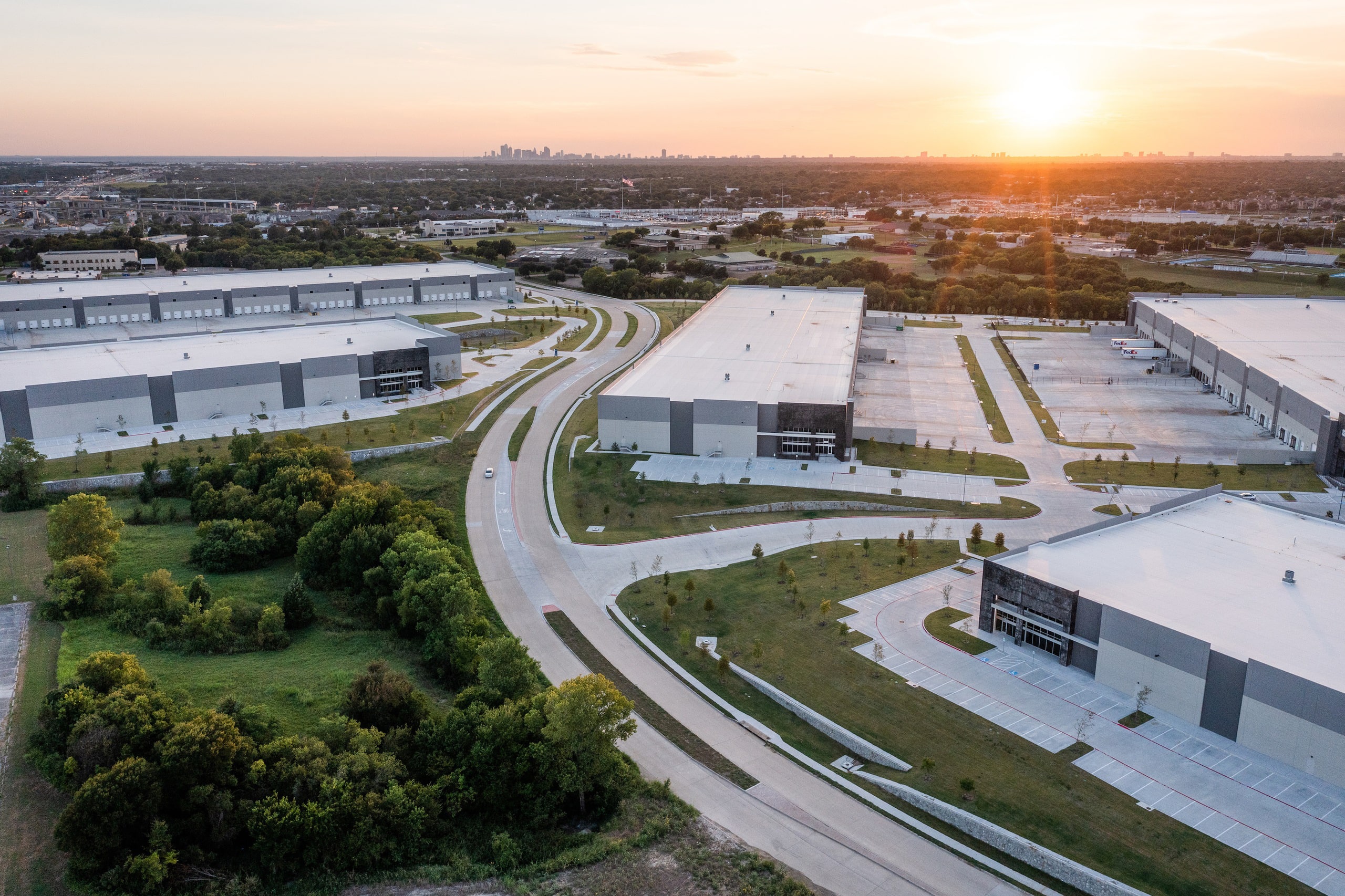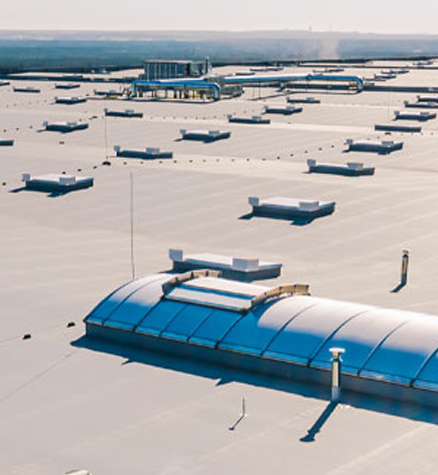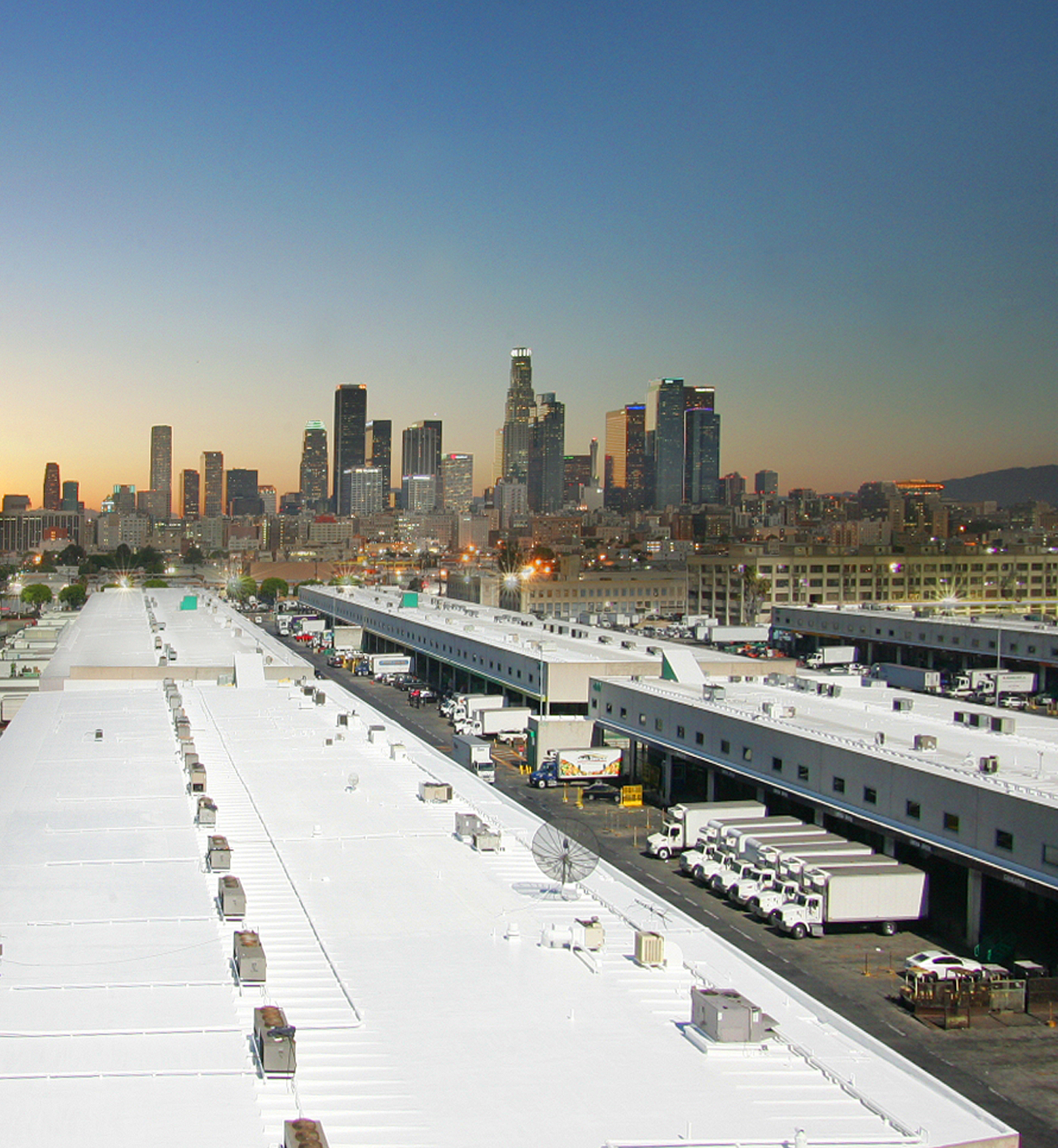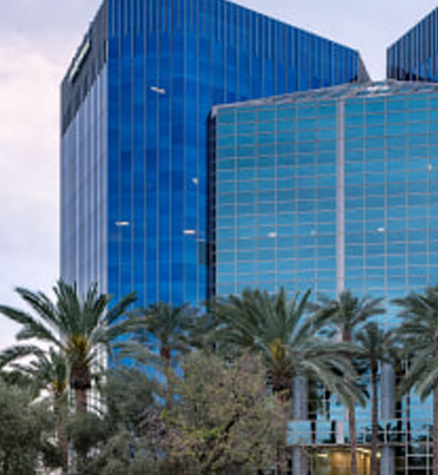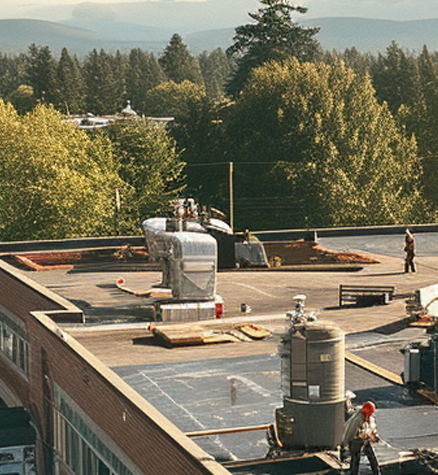Service? Contact Us Now
Protecting Commercial Assets in
California
Since 1991
assets covered
THE WESTERN US
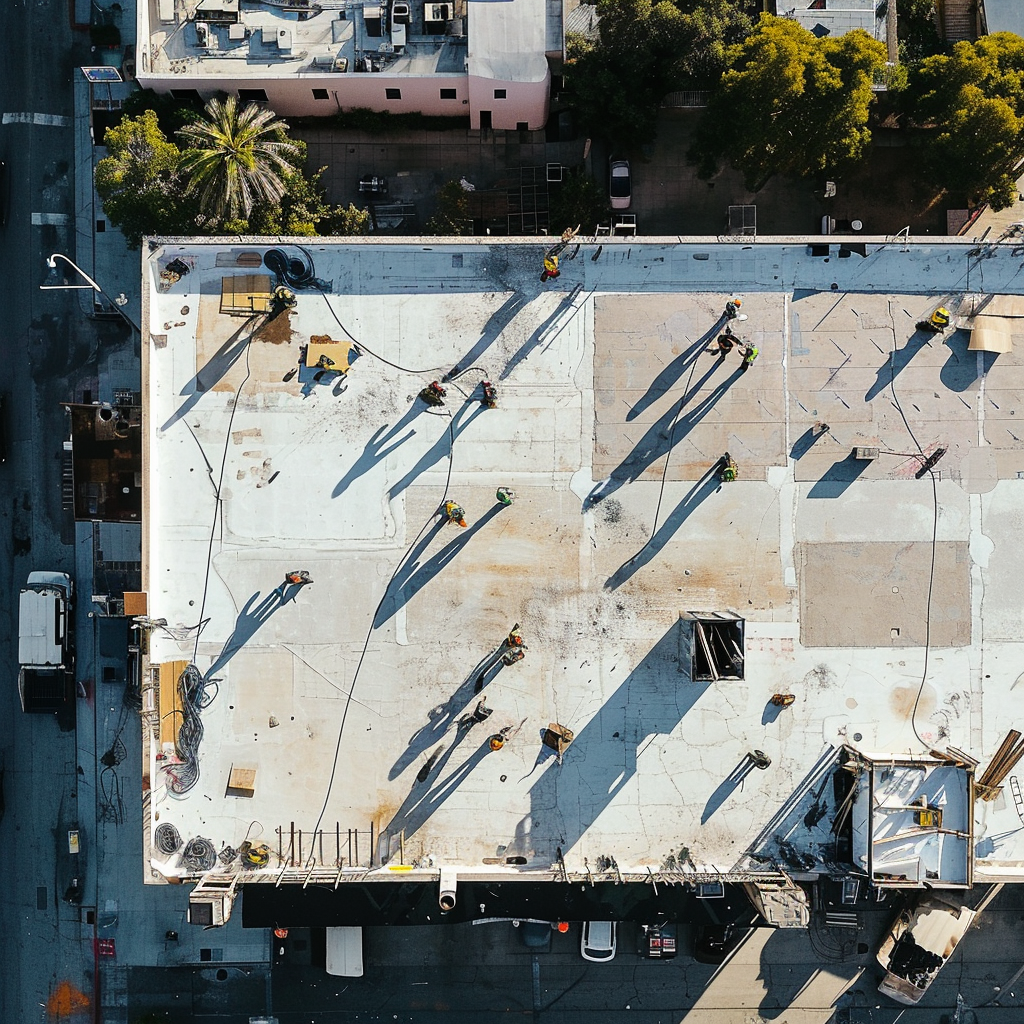
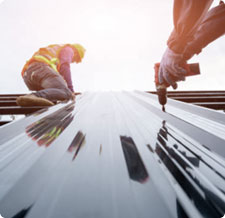
Roofing Solutions for Your Building and Your Budget
Over 95% of our customers return to Highland for ongoing service and for work on their other commercial buildings. Why? Because we focus on relationships, not transactions. For us, that means understanding your needs, making an honest assessment of your current roofing system, and presenting you with the options that best serve your building, your business, and your budget. The end result is a more reliable and better performing roof, at a lower long-term cost, and enhanced peace of mind for your business.

Local Service
Regional Company
Highland is a regional provider, with offices strategically located across California, Arizona, Nevada, Utah, Oregon and Washington. This regional presence allows us to provide the same level of outstanding service to customers throughout our entire service area.
Southern California | Northern California | Arizona
Nevada | Utah | Oregon | Washington | Idaho
Customer
Satisfaction is
Our Calling Card
We look out for the needs of our customers first, and it shows. As an eight-time winner of the prestigious Guildmaster Award for Service Excellence in the construction industry, and with hundreds of 5-star reviews on GuildQuality.com, Highland Commercial Roofing is one of the highest rated and most trusted roofing contractors in the business.


